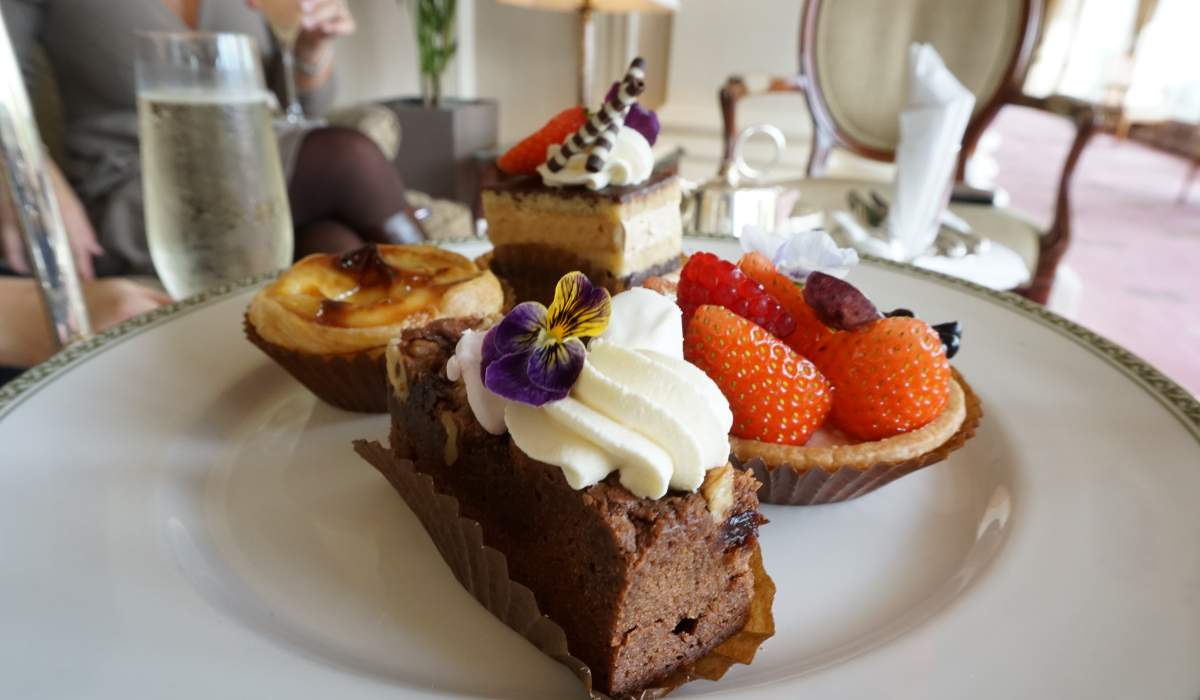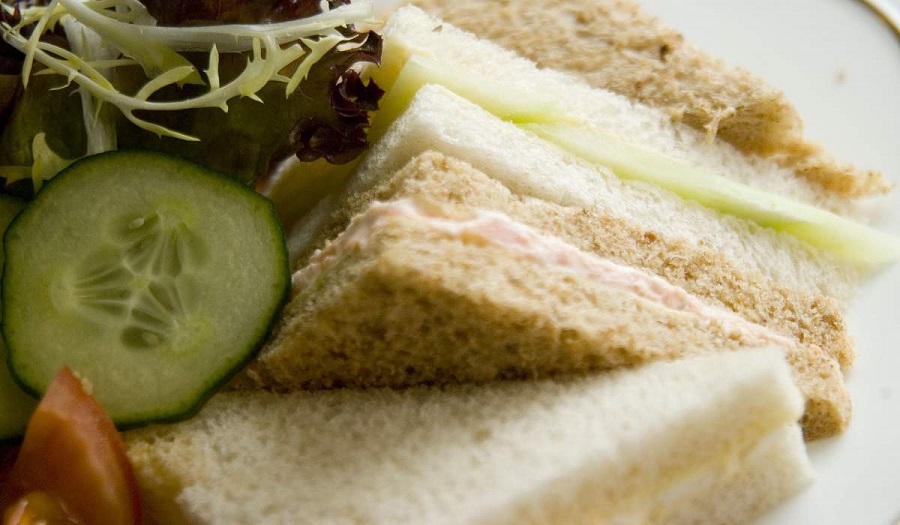The Swan Fittleworth
Afternoon tea
In Eastbourne afteroon tea at The Grand Hotel is a local institution.

There are different themes throughout the year including the tennis in June.
Known as ‘The White Palace’, the Grand Hotel is one of Englands most famous Victorian era Hotels offering spectacular views out to sea and the cliffs at Beachy Head.

Tea is served in the Great Hall a stately double-height lounge complete with a grand piano, potted palms and a roaring log fire for when it is a bit colder. It can also be ordered in any of the lounges as well as on the Chatsworth Terrace overlooking the pool.

Spoilt with a choice from a menu which includes a selection of freshly made cakes, bakes and traditional pastries

Sweet and savoury treats. A Pork & Apple Sausage Roll with ‘Grand’ Piccalilli. Smoked Salmon, Cream Cheese & Chive sandwiches, Egg Mayonnaise with Watercress, Chicken & Tarragon Mayonnaise or Cucumber with Cream cheese.

Or for something sweeter, their freshly baked Freshly Baked Scones with Strawberry Jam & Cornish Clotted Cream

High Tea
Scones with melted butter
Hot cheese scones with melted butter

A good excuse to do a mid-morning coffee at the Driftwood Cafe in Emsworth.

Or a croissant with blackcurrent jam. It’s one of the nicer cafes I have found.

Situated on the High St in Emsworth they offer a breakfast morning menu and a light lunch menu from late morning. But it gets very busy at midday and I try to avoid the rush.
